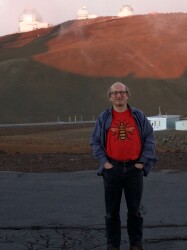BibTex format
@article{Bakx:2018:mnras/stx2267,
author = {Bakx, TJLC and Eales, SA and Negrello, M and Smith, MWL and Valiante, E and Holland, WS and Baes, M and Bourne, N and Clements, DL and Dannerbauer, H and De, Zotti G and Dunne, L and Dye, S and Furlanetto, C and Ivison, RJ and Maddox, S and Marchetti, L and Michalowski, MJ and Omont, A and Oteo, I and Wardlow, JL and van, der Werf P and Yang, C},
doi = {mnras/stx2267},
journal = {Monthly Notices of the Royal Astronomical Society},
pages = {1751--1773},
title = {The Herschel Bright Sources (HerBS): sample definition and SCUBA-2 observations},
url = {http://dx.doi.org/10.1093/mnras/stx2267},
volume = {473},
year = {2018}
}

